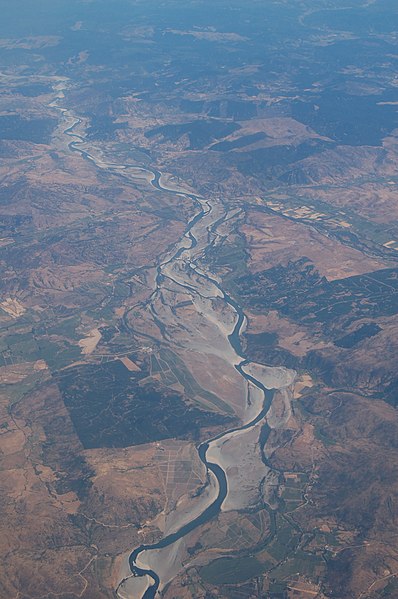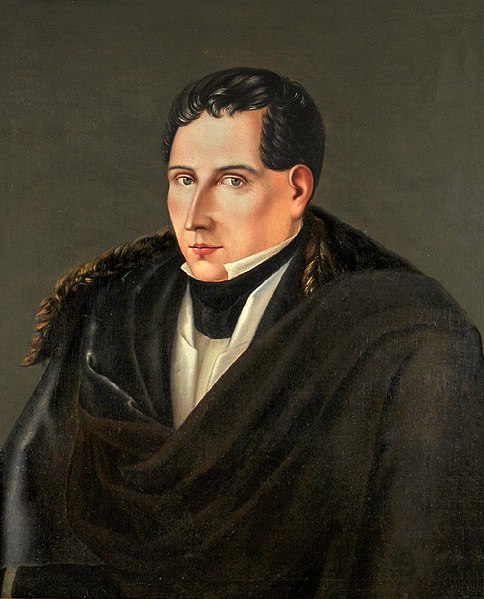The Maule river or Río Maule is one of the most important rivers of Chile. It is inextricably linked to the country's pre-Hispanic (Inca) times, the country's conquest, colonial period, wars of Independence, modern history, agriculture, culture, religion, economy and politics. The Maule River marked the southern limits of the Inca Empire. Many famous men and women in Chile's history have been born in the Region named after the river. The river has also lent its name to one of the viticultural regions of the country, the Valley of Maule, a subregion of the Central Valley.
Aerial view of the Maule River
Another aerial view of Maule River
Chile, officially the Republic of Chile, is a country in western South America. It is the southernmost country in the world and the closest to Antarctica, stretching along a narrow strip of land between the Andes Mountains and the Pacific Ocean. With an area of 756,102 square kilometers (291,933 sq mi) and a population of 17.5 million as of 2017, Chile shares borders with Peru to the north, Bolivia to the northeast, Argentina to the east, and the Drake Passage to the south. The country also controls several Pacific islands, including Juan Fernández, Isla Salas y Gómez, Desventuradas, and Easter Island, and claims about 1,250,000 square kilometers (480,000 sq mi) of Antarctica as the Chilean Antarctic Territory. The capital and largest city of Chile is Santiago, and the national language is Spanish.
The Chinchorro mummies, the oldest of which are from around 5050 BCE.
Pedro Lira's 1888 painting of the founding of Santiago by Pedro de Valdivia at Huelén Hill.
Generals José de San Martín (left) and Bernardo O'Higgins (right) during the crossing of the Andes.
Painting of Diego Portales. The Constitution of 1833 has been seen as the embodiement of the "Portalian thought".






